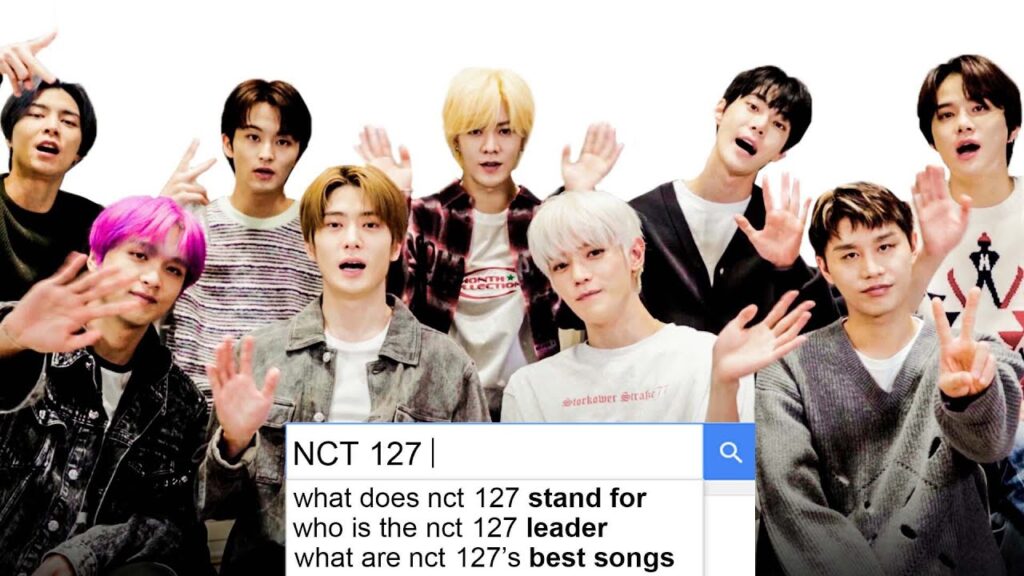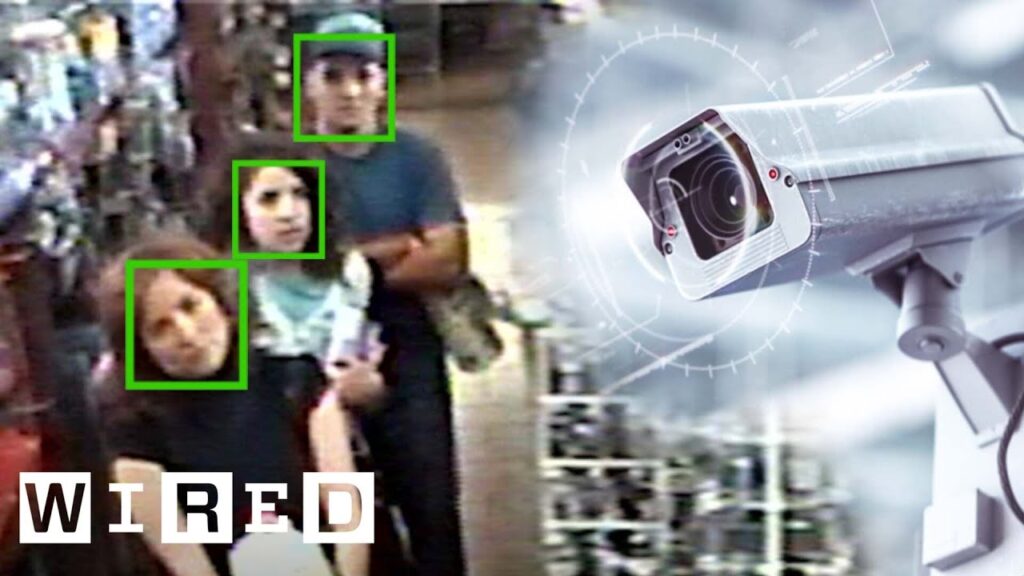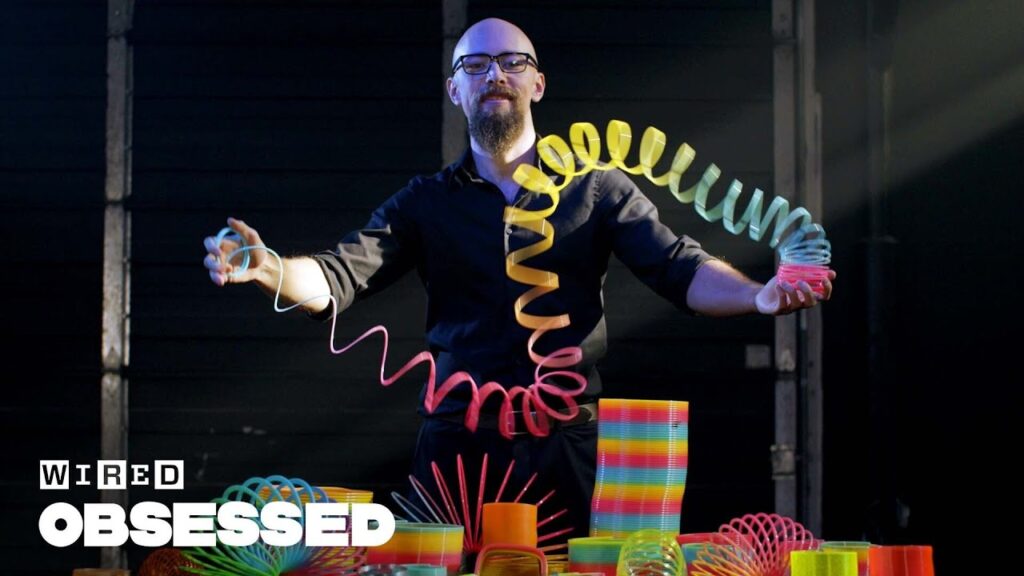Artificial Intelligence and Robotics in Pop Culture: Separating Fact from Fiction
Summary
In this article, we explore the world of artificial intelligence and robotics through the lens of popular culture. We discuss the concept of the three laws of robotics, the challenges of programming robots to have conversations and dialogue, and the limitations of human thinking. We also delve into the future of robotics and computer design, including the potential for robots to appear younger.
Table of Contents
- The Three Laws of Robotics
- Robots in Movies vs. Reality
- Challenges of Programming Robots to Have Dialogue
- The Future of Robotics and Computer Design
- Designing Robots to Appear Younger
The Three Laws of Robotics
Chris Atkiso, a professor at the Robotics Institute at Carnegie Mellon University, discusses the concept of the three laws of robotics, which were created by Isaac Asimov. These laws state that robots cannot harm humans, must obey human orders unless it violates the first law, and can defend themselves unless it violates the first two laws. However, modern robots are programmed differently by using training examples and learning parameters and formulas.
Robots in Movies vs. Reality
Chris also explains that in movies, robots are often portrayed as turning against humans, but in reality, they are more likely to make mistakes that have bad consequences. Shooting a robot may not necessarily damage it, and there are other ways to disable a robot without damaging it. The limitations of human thinking and the need for better computational hardware are also discussed.
Challenges of Programming Robots to Have Dialogue
The speaker discusses the challenges of programming robots to have conversations and dialogue, especially in situations where they face something new and unexpected. They mention the show Westworld and how programming sub-behaviors can be controversial. The speaker explains reverie and how it ties to specific memories. They discuss the memory hierarchy in complex machines and how it’s the tiny things that make robots seem real.
The Future of Robotics and Computer Design
The speaker discusses various topics related to robots and technology. They mention how infrared imaging can detect heat and how robots with cameras could easily spot a human. The speaker mentions Google’s TP and neural networks as a potential solution to the limitations of human thinking. They also talk about how robots and computer design will change in the future, including the potential for multi-agent robotics and the use of soft materials.
Designing Robots to Appear Younger
Finally, the speaker discusses the age of robots and how they can be designed to appear younger. They mention various robots, including the Uniro and the 3D biped, and how they were designed. This could have implications for the use of robots in industries such as healthcare and education.
Conclusion
In conclusion, the world of artificial intelligence and robotics is complex and multifaceted, with both challenges and opportunities. By separating fact from fiction, we can better understand the potential of these technologies and how they can be used to improve our lives.





